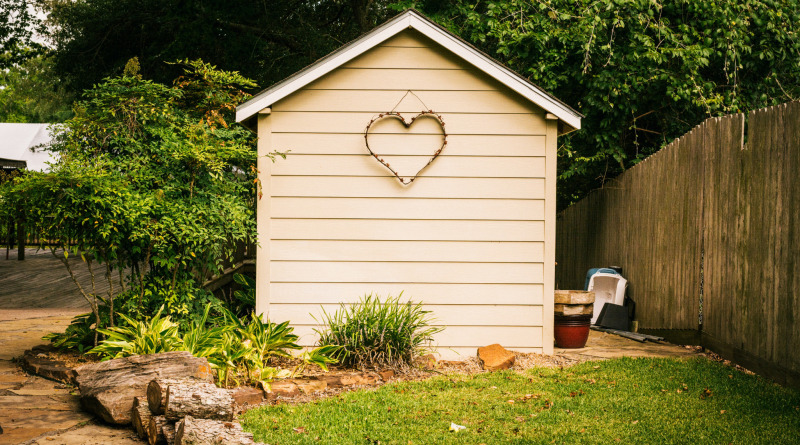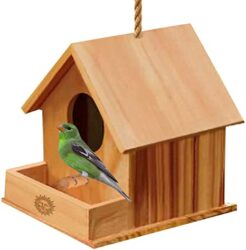June Bug Characteristics
Diet June Bug Characteristics
June Bug Characteristics. You can find June bugs pretty much anywhere in the United States and in a lot of other parts of the world too. There are a lot of interesting facts and characteristics about these bugs that most people don’t know, so let’s learn a little bit about them.
Blackish Junebug
June bugs cannot be exposed to light for too long of a time because it can kill them. Usually, you can find these insects dead in the morning time under the windows or a porch light.
The first June bugs, the original ones, are part of the genus phyllophaga, and are also called the May bug. They are pretty large bugs that have over two hundred and sixty in their species.
Phyllophaga comes from the word phyllon, meaning leaf, and another word meaning eaters, page. The larvae are named grubs while the adults are called chafers. Larvae eat on plants and grassroots while the adults eat off of the leaves of shrubs and trees.
Are June bugs harmless?
Other popular beetles are the Green June beetle, The Japanese beetle, the Ten-Lined beetle, and the Chafer beetle. But the two most important ones that we are going to talk about are the Green June beetle and the Chafer beetle.
They are considered June beetles because they occur during the timeline between May and June.
Physical Characteristics
June bugs measure anywhere from twelve – to – thirty-five millimeters. Their color is mahogany to black. The underbodies are hairy but contain no other markings. They eat and wreak havoc on vegetation and the larvae will destroy the roots of the plants. They love the light but are nocturnal.
Never keep your windows open during the May – to – June time frame unless you want to be cleaning up a lot of bug mess the next morning.
June bugs do not bite or sting, they are harmless to humans.
Green June beetles
This beetle is part of the Cotinis genus. They are different in some ways from the June beetle. This beetle measures fifteen – to – twenty-two millimeters. Most of it is a shiny green in color except for the wings, they are dull green with a gold contrast.
They feed on berries and fruits so they will destroy your garden.
The Adult June Bug
For this beetle, the eggs are laid within a two-week period and the female lays about seventy – five eggs. The egg shape will change somewhat as it develops. Around three weeks later the eggs will begin to hatch.
The little ones are white with a blackish-brown head. The larvae time is split up into three stages.
During this third stage, the larvae start pupating. It molts twice and that takes place underground and takes about three weeks. During this time, the pupa turns to metallic green, turning into its adult shape.
Once an adult, even though their appetite is lower, they still eat fruits and berries so they will still destroy your garden.
Interesting Facts
The June bug is the name for many scarab beetles that are in the temperate places of North America.
They belong to a family called the Scarabaeidae family and are sometimes called the May bugs because of the time that they show up, May – to – June. They have an antenna that you’re sure to see. It has lamellae (plates) that can be compressed into a ball or spread out to sense odors.
June Bug Characteristics
Enemies of the June bug are the pergola fly larva, which eats off of the June bug, killing it.
White grubs are considered wonderful fish bait and are in the diet of many native South Americans, Asians, and Australians.
June bugs can also be used to feed your pet lizards or frogs.
All of these beetles can cause a lot of damage to crops and gardens. They destroy your vegetation and fruits and their larvae will destroy the roots.
There are a few ways to get rid of these beasts. You have to get rid of the babies and the eggs. The best way to do this is to mix insecticides with your soil.
June Bug Characteristics. You can find June bugs pretty much anywhere
One other way to get rid of them is to trap them. Get yourself a jar, insert a light into the mouth of the jar, and pour cooking oil into the bottom of it. The bugs love the light but if they are in it too long it will immobilize them, they fall into the oil and are unable to fly.
Once you get rid of the June bugs you can go back to enjoying your garden!



